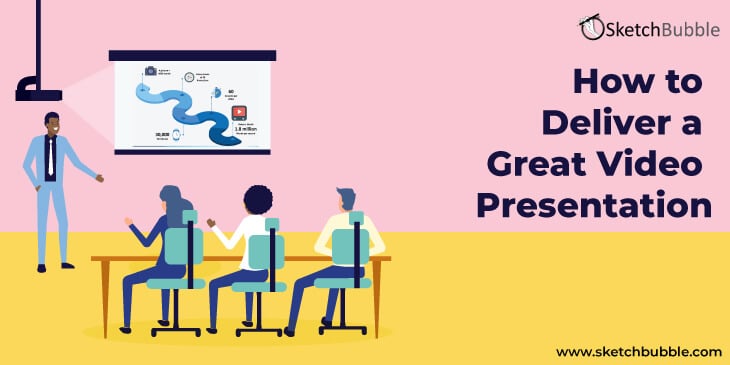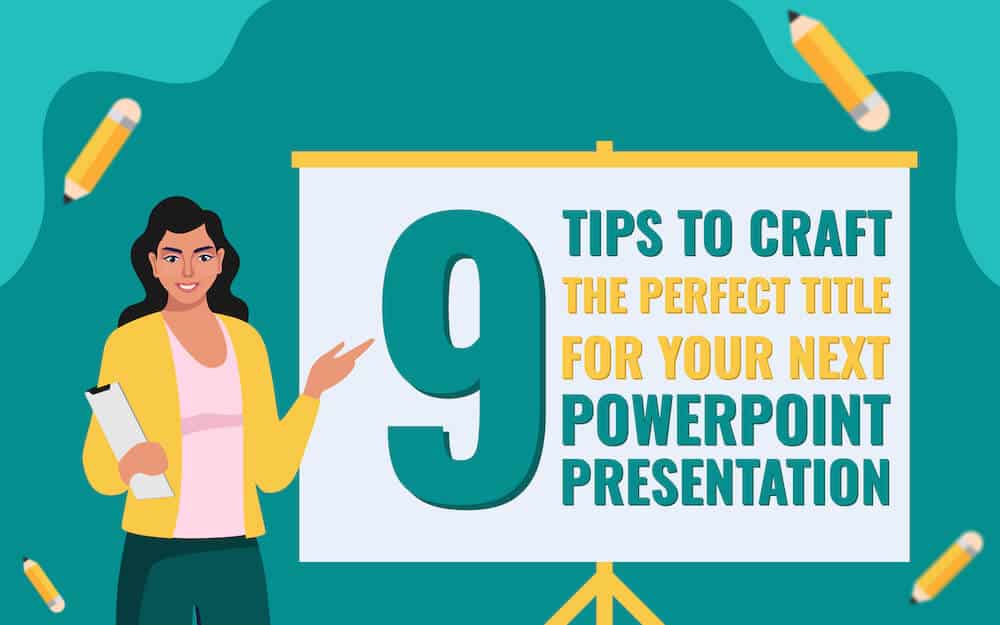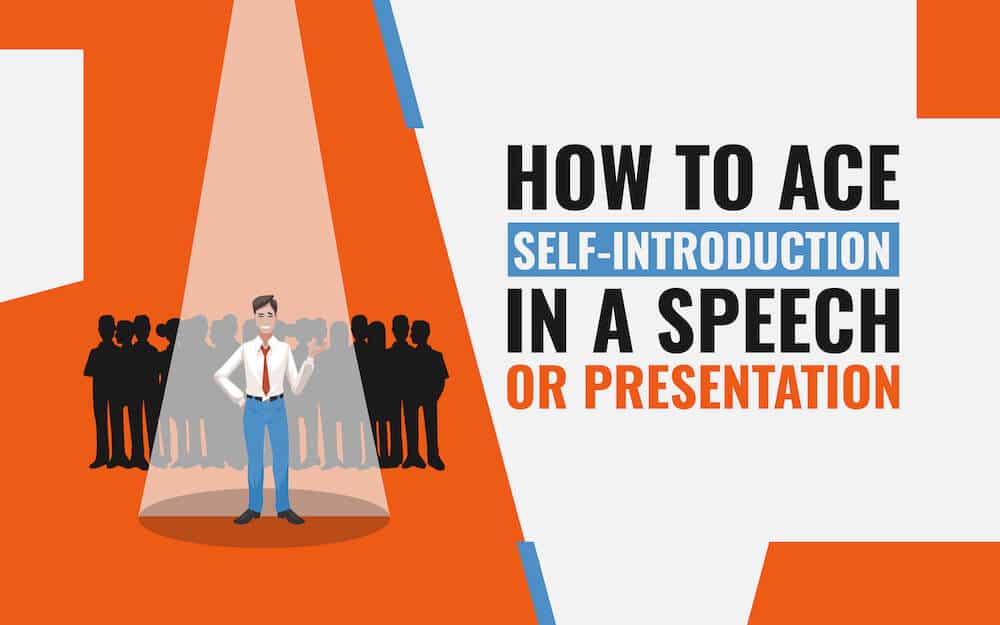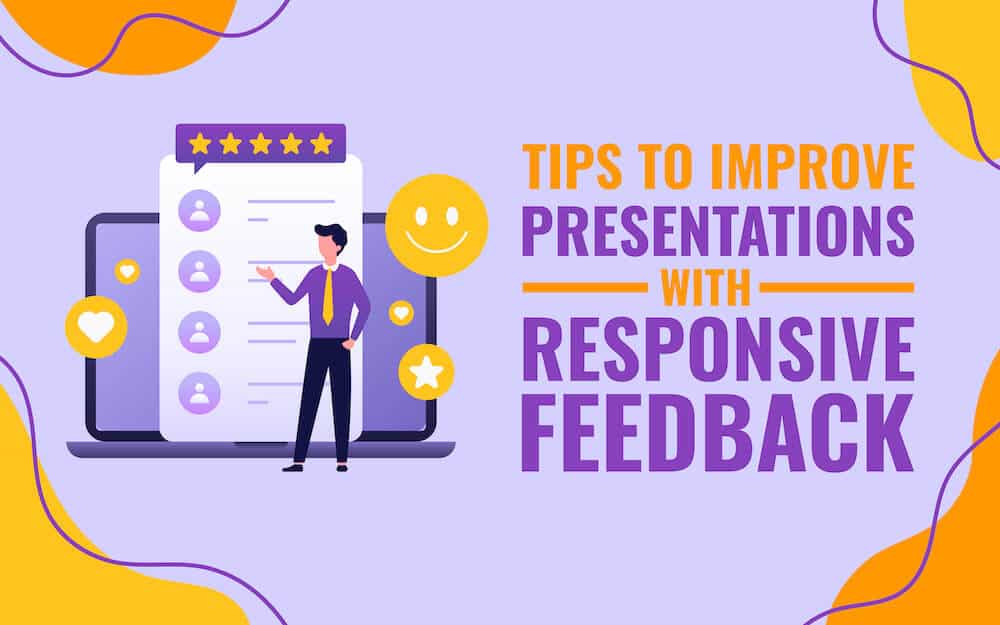
Unless you’ve been living in a secluded Tibetan monastery high atop a Himalayan ridge, you probably know that video is a hot new online trend. From vlogging to online video workshops, skype to YouTube, Periscope to videoconferencing, there is no escaping the power of video.
Did you know that:
-
92% of B2B prospects consume online video?
-
4 billion videos are watched on YouTube every day?
-
About one-third of shoppers will purchase a product after viewing a video ad?
These numbers speak volumes. There is no denying that video ads have a better chance at converting into sales, that more people share video content than written content, and that search engines love video.
And video presentations are not just for blatant marketing. Video presentations are a great addition to public speaking engagements as well. Whether it’s in a business meeting or you’ve been invited to be a keynote speaker at an industry event, video can help you share your passion and expertise in an exciting way so your overall message lands with the audience.
Getting Started
Chances are you have already dabbled, or are thinking about dabbling, in video presentations to increase your reach and engage your customer base. And that’s a great idea.
But, like any other technology or marketing strategy, there are some guidelines you’ll need to follow to ensure you get the best results and returns from your efforts.
With this in mind, here are some ideas that will help you deliver the best video presentation possible.
Be Seen and Heard
It’s not enough that you look good, you also have to sound good as well. Most people will forgive a video that has bad lighting and a shaky camera, but if people struggle to hear what you’re saying, they’ll click out after a couple of seconds. Plus, if no one can hear your message… what’s the point? So, invest in a quality lavalier mic that can clip right onto a lapel.
Reduce External Noise
Where you shoot your video will have a great impact on how much external noise you’ll be dealing with. Find a quiet spot (inside is preferable because it’s more controllable) without much ambient noise. Make sure windows are closed and notify coworkers or others in the building that you will be shooting a video.
Make Eye Contact
You most likely know that when giving a presentation on stage, it is vitally important that you make and keep eye contact with the audience throughout. Well, it is equally important in a video presentation.
For this reason, it’s a good idea to set up your camera at eye level, or just slightly above, so you can easily look into it. This will allow your audience to feel that you are speaking directly to them, even though you are not in the same room.
If you will be using the camera on your laptop to record a video presentation, be sure to place it on a small stack of books so it will be at eye level. Too many people make the mistake of looking down into the webcam and this is not very flattering. Hello double chins!
Get the Lighting Right
As I mentioned, people are more apt to forgive bad lighting than they are bad audio. But that DOESN’T mean you should neglect your lighting. On the contrary, you should take necessary steps to be sure you or your subject are lit well.
One of the easiest and most inexpensive ways to light your video is to use natural light that comes in through a window. Having said this, you don’t want the window, or any light source, to be placed behind you or your subject. This is called backlighting and it results in your front being dimly lit. Better to position yourself so the light from the window is splashing on your face.
Experiment with the lighting with your goal being a soft, diffuse light that allows the viewer to easily see you or the subject.
Hey, What’s That in the Background?
What you place yourself or subject in front of is really, really important. You don’t want a plain ol’ white wall behind you, but you also don’t want a busy bookcase with books and papers crammed in there.
It’s a fine balance, but your goal should be to have an appealing background that doesn’t steal focus from your subject or your message.
Sit Up Straight!
Your mother was right, it’s important to sit (or stand) up straight, particularly when you are in front of that camera. And when I say straight, I mean straight as a board. What may feel odd or awkward to your body will look natural on camera. Think of all those Hollywood A-listers and how they pose on the red carpet. If you really watch how they pose, it kind of looks ridiculous in real life, and yet the photos always turn out amazing.
Dress the Part
You don’t have to fret about what you should wear, but there are a few general guidelines to follow:
- Don’t wear stripes or aggressively bold patterns.
- Don’t wear clunky jewelry that might make noise.
- Dress casually if you want to appear tangible and dress more formally if you want to convey a sense of professionalism.
- If you’re someone who tends to sweat and get shiny, consider blotting and using powder.
Practice Makes Comfortable
Forget trying to be perfect, it doesn’t exist. But practicing your presentation before shoot day will allow you to become very comfortable with your material as well as looking into a camera. The camera doesn’t need to be rolling, but practice looking into one. It’s not easy to make it look easy!
Also, consider taping yourself and send it to a few trusted friends, colleagues or family members to get their honest feedback. Ask about the lighting and background. Ask if they could hear you okay. Was it engaging? Did they get your message clearly? Did you come across as natural?
If you follow these guidelines you should be able to create video presentations that educate, inspire, and convert prospects!



